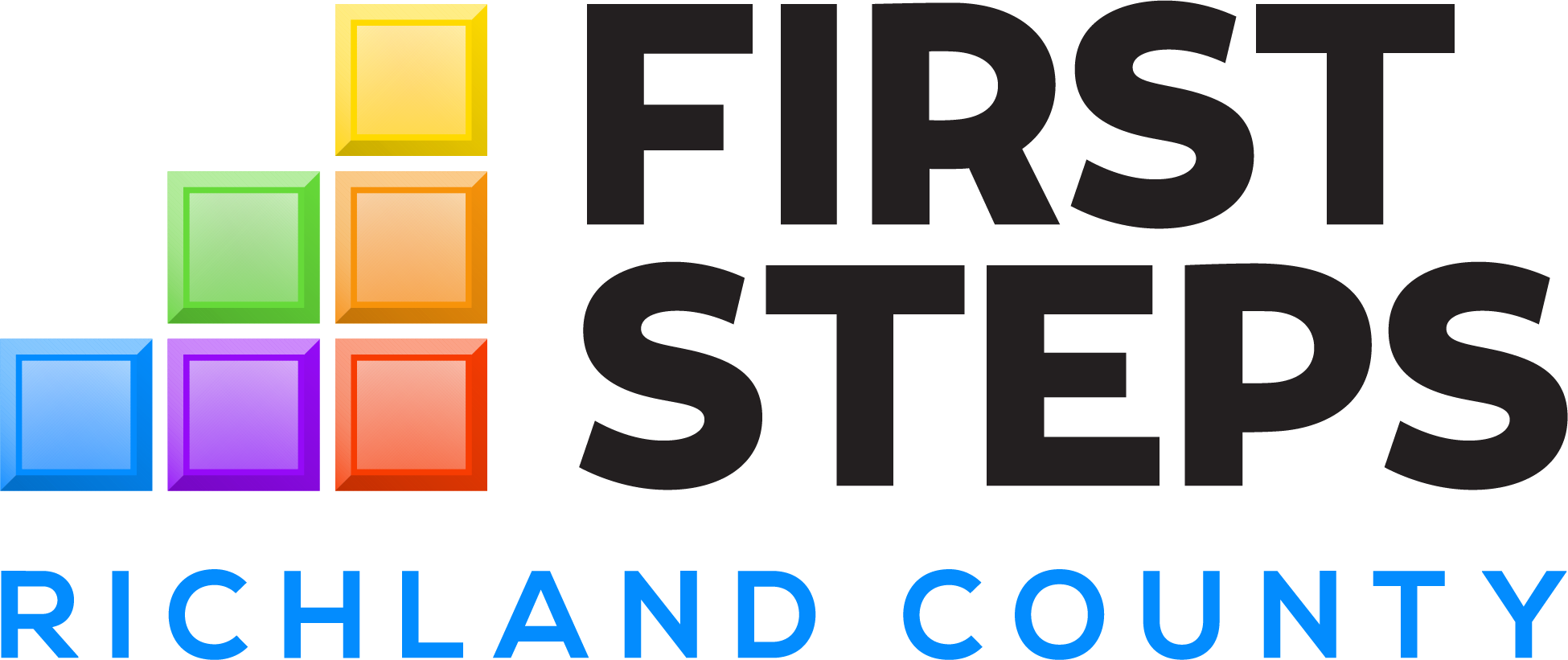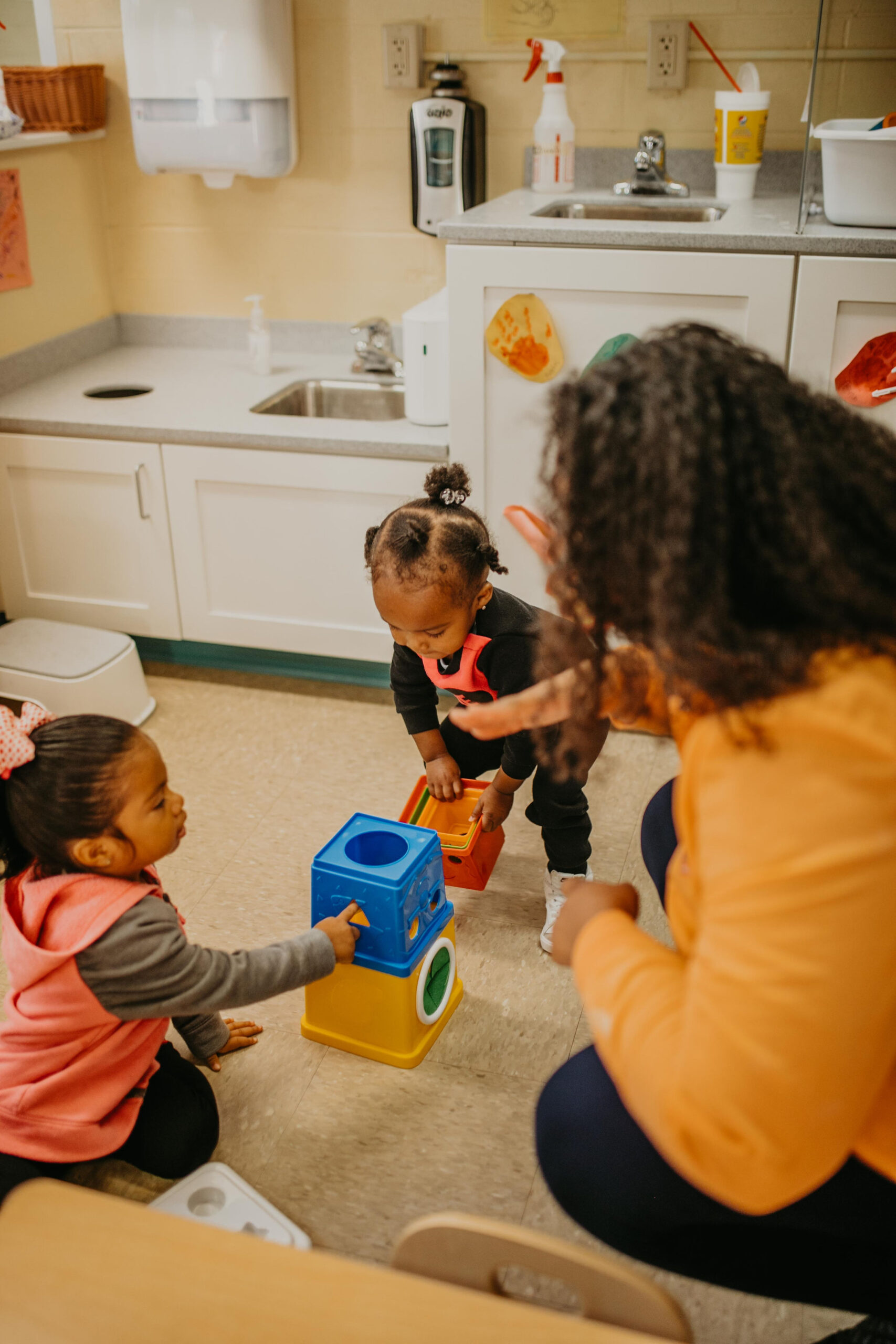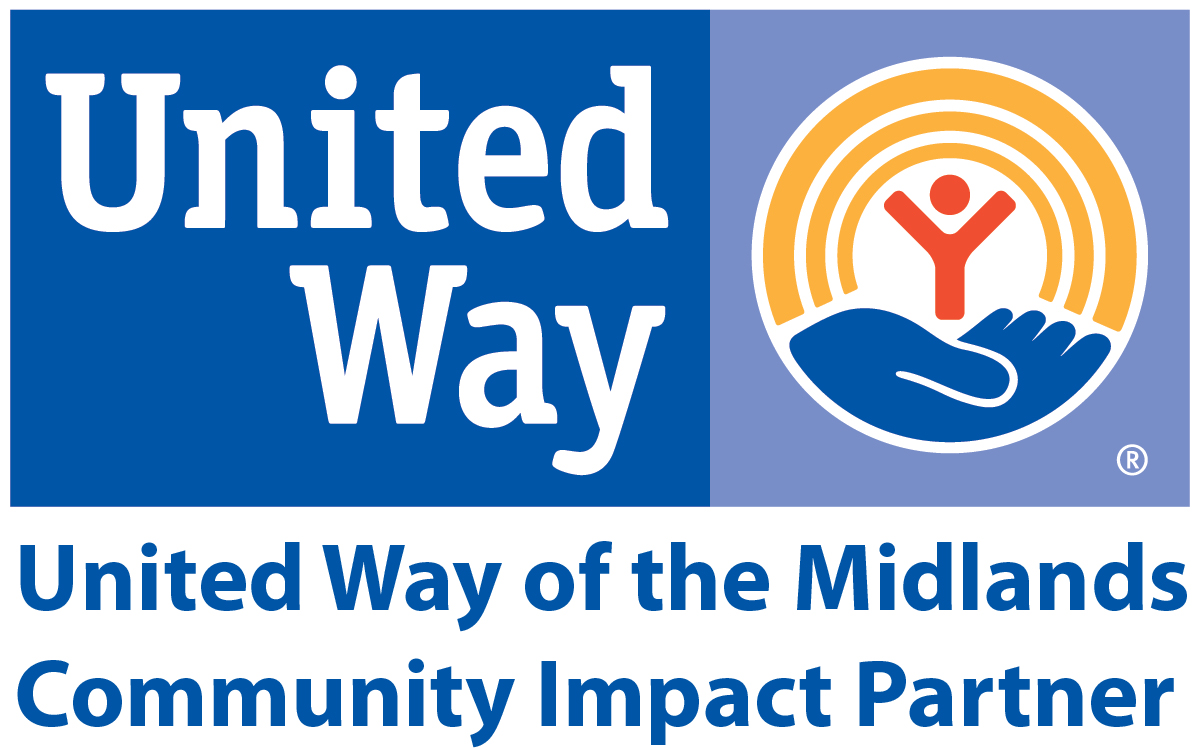To discipline means to teach!
What discipline is:
Discipline is a strong, effective way to teach positive:
- Behaviors
- Ways to express feelings
- Ways to play
- Ways to respond to others
- Family values
- And safety
What discipline is not:
Discipline is not punishment, which may –
- Make young children feel unloved
- Make them feel they are bad
- Make children act out of fear
- Focus on what is wrong without teaching what is right
Remember, children can be:
- Messy, clumsy, and noisy. Your child is not bad when doing these things – only being a child!
- Always on the move. Sitting quietly – even for a short time – is hard for them.
- Not perfect. None of us are! It’s okay for children to make mistakes. It’s how we learn!
Things to Do
- Notice and praise “good” behavior. Ignore “bad” behavior (like whining) when you can.
- Be positive. Try telling a child what to do instead of what not to do. Example: Say, “Please walk inside the house.” Instead of, “Don’t run in the house.”
- Save your “Don’ts” for big rules. Example: “Don’t cross any street without an adult.”
- Give clear instructions. “Be good” or “Behave yourself” does not mean much to a young child. Be very specific in communicating your expectations.
- Be a role model for your child. If you ask politely and share, your child will learn from you.
- Give your child choices as often as you can. Example: “Which would you rather do first, put on your pajamas or brush your teeth?”


